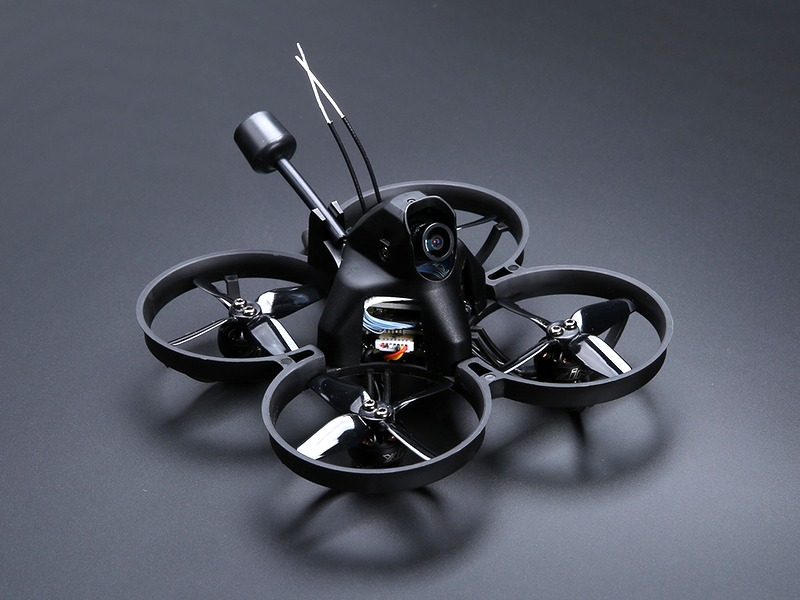Can drones see in dark?

Drones are unmanned aerial vehicles (UAVs) that are used for a variety of purposes, including surveillance, reconnaissance, and delivery. While drones are often associated with military operations, they are also used in civilian applications, such as search and rescue, law enforcement, and environmental monitoring. One of the most important features of drones is their ability to fly in darkness, allowing them to carry out operations that would otherwise be impossible. But can drones see in the dark?
The answer is yes, drones can see in the dark. This is possible thanks to the use of infrared (IR) cameras and sensors. IR cameras are able to detect infrared radiation, which is emitted by objects that are warmer than their surroundings. This radiation is invisible to the human eye, but can be detected by the camera and used to create an image. This image can then be used to identify objects, even in total darkness.
In addition to IR cameras, drones can also be equipped with night vision cameras. These cameras use image intensification technology to amplify existing light, allowing them to see in very low light conditions. This technology is similar to that used in night vision goggles, and can be used to detect objects in complete darkness.
Finally, some drones are equipped with lidar sensors. Lidar sensors use laser light to create a 3D image of the environment. This image can be used to identify objects in total darkness, as well as in low light conditions.
In summary, drones can see in the dark thanks to the use of infrared cameras, night vision cameras, and lidar sensors. These technologies allow drones to carry out operations in total darkness, allowing them to be used for a variety of applications, such as search and rescue, law enforcement, and environmental monitoring.
Comments / Question
2. Night Vision: Night vision cameras use image intensifiers to amplify the light that is available in a dark environment. This allows drones to see objects in low-light conditions.
3. Light Amplification: Light amplification technology uses a combination of lenses and filters to amplify the available light in a dark environment. This allows drones to see objects in complete darkness.
4. Laser Illumination: Laser illumination systems use lasers to illuminate a dark environment. This allows drones to see objects in complete darkness.
2. Drones are unable to detect infrared light, which is the primary source of light in the dark.
3. High-powered thermal cameras that can detect heat signatures are expensive and require a lot of power to operate.
4. Drones can be easily detected in the dark by other aircraft or ground-based sensors.
5. Drones are limited in their ability to maneuver in the dark due to their lack of situational awareness.

